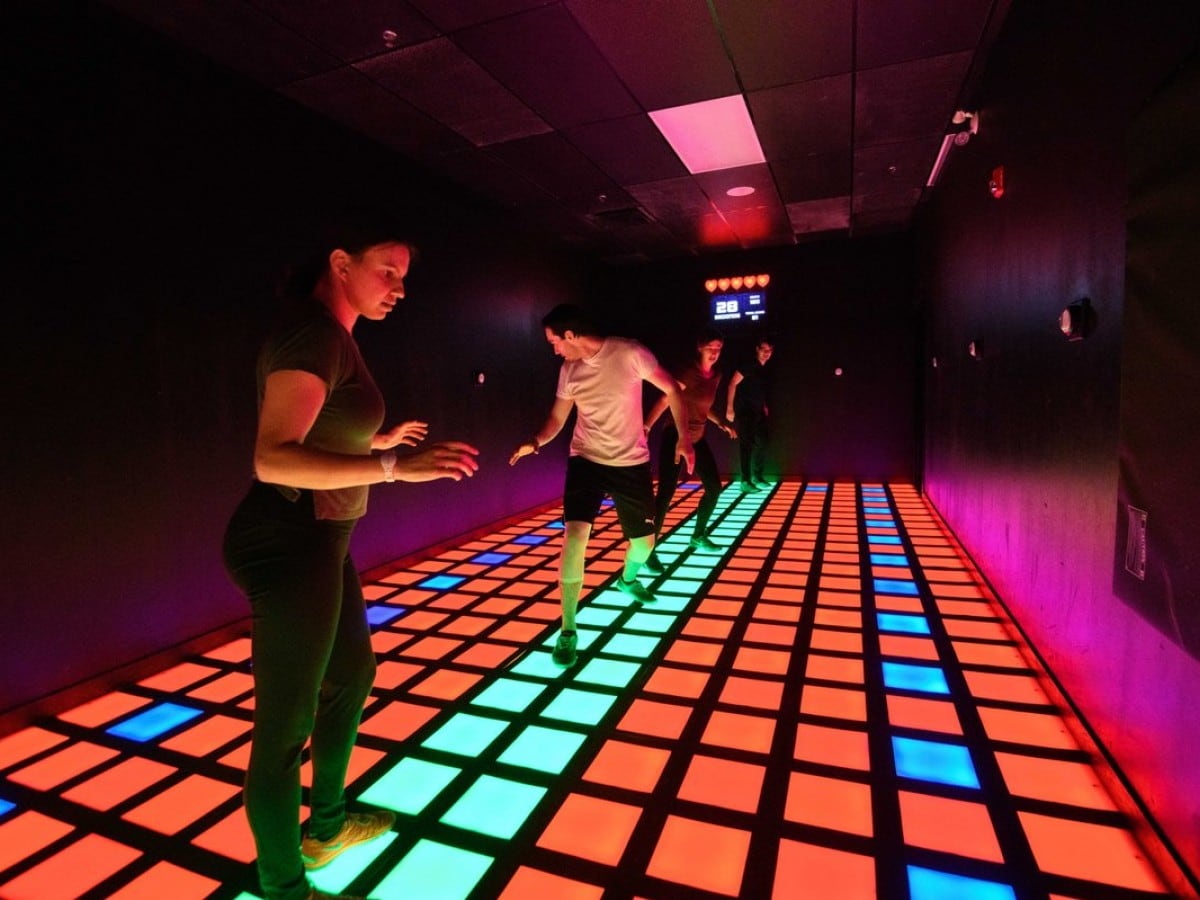The global entertainment landscape is a tapestry of diverse preferences, with each major region—Asia, Europe, and North America—offering a unique set of market demands and opportunities for activate games equipment. For investors and venue operators, a one-size-fits-all approach is a recipe for missed opportunities. A game that becomes a sensation in a compact Tokyo arcade may not resonate with families in a sprawling suburban American mall, and a European market’s needs for novelty and cultural integration will differ from both.
At Pixelverse, our global presence has given us unparalleled insight into the distinct market drivers, consumer behaviors, and business models that shape the demand for activate games worldwide. This comparative guide provides a strategic overview of these differences, helping you make a location-specific investment that maximizes your return.
North America: The Demand for Scale and Group Experiences
North America, particularly the United States and Canada, is a mature market driven by a culture of large-scale entertainment. The demand for activate games here is centered on creating high-throughput, social attractions that can serve as anchor pieces in expansive family entertainment centers and shopping malls.
- Key Market Drivers: North American consumers value social, group-based experiences. Multi-player activate games with a strong competitive element, such as interactive sports simulators, virtual reality (VR) arenas, and large-scale projection floors, are highly sought after. These attractions are seen as ideal for parties, corporate team-building events, and large family gatherings. The emphasis is on providing a memorable “wow” factor.
- Consumer Preferences: There’s a strong preference for high-tech, visually stunning, and physically engaging games. The market favors attractions that can handle high foot traffic and offer a high revenue-per-square-foot model. Durability is a primary concern, as equipment must withstand heavy, continuous use.
- Business Models: The focus is on maximizing revenue per visit. Venues often offer tiered packages or all-access passes that encourage longer dwell times. Integrating activate games with food, beverage, and party packages is a standard and highly profitable business strategy.
Europe: The Demand for Novelty and Cultural Integration
Europe is a diverse continent, and while demand varies by country, there’s a common thread of appreciation for unique, high-quality, and culturally resonant experiences.
- Key Market Drivers: European consumers, especially in Western and Northern Europe, have a strong appetite for innovation and sophisticated design. The market is not as driven by sheer scale as North America but by the originality and depth of the experience. Activate games that blend technology with art, history, or education find a receptive audience, particularly in museums, cultural centers, and specialized experience venues.
- Consumer Preferences: There’s a growing preference for collaborative, puzzle-based challenges and interactive escape rooms over pure competition. Games that are thoughtfully designed and offer a narrative or a new way of engaging with a subject are highly valued. Sustainability and energy efficiency are also increasingly important purchasing factors for both businesses and consumers.
- Business Models: The approach is often more curated and thematically focused. Pay-per-play and pre-booked session models are common, particularly for intricate, narrative-driven activate games. Many businesses successfully integrate attractions within existing retail or hospitality spaces, creating a seamless customer journey.
Asia: The Demand for Compact Innovation and High Density
The Asian market is characterized by dense urban populations and a highly tech-savvy culture. The demand for activate games is fueled by the need for attractions that can maximize revenue in often limited and high-cost real estate.
- Key Market Drivers: Rapid urbanization and high population density in countries like China, Japan, and South Korea have created a strong demand for compact, high-throughput entertainment solutions. Arcade culture is deeply ingrained, and consumers are constantly seeking new and novel forms of digital and physical play. The speed of innovation is key to staying competitive.
- Consumer Preferences: Asian consumers are highly responsive to cutting-edge technology and fast-paced gameplay. There is a significant demand for competitive, skill-based games with a strong social media presence. Esports-style challenges and games with a vibrant visual aesthetic are very popular. The market also readily adopts games that integrate with mobile platforms and social sharing features, driving organic marketing.
- Business Models: The model is optimized for efficiency and high turnover. Venues aim to maximize their revenue per square meter, with a focus on a continuous flow of new content. Micro-amusement parks and “experience zones” within shopping malls and commercial complexes are common formats. The key is to pack as much entertainment value as possible into a small footprint.
A Global Perspective from Pixelverse
Understanding these regional differences is not just academic—it’s essential for a successful business strategy. A one-size-fits-all approach to activate games equipment will fail to capture the full potential of each market.
At Pixelverse, our expertise lies in our ability to adapt our solutions to meet these diverse needs. We provide a full range of products, from large-scale, custom VR arenas for the North American market to compact, high-density interactive walls for Asian urban centers. By partnering with us, you gain more than just equipment; you gain a strategic partner who understands your market and can help you select, design, and implement the perfect activate games solution for your specific audience and location.
For more details, scan my WeChat QR code to contact us👇.

